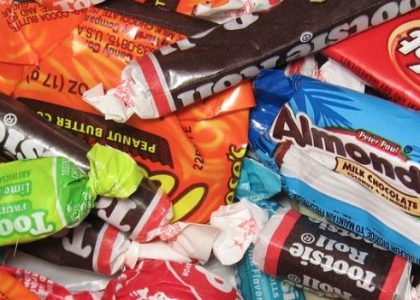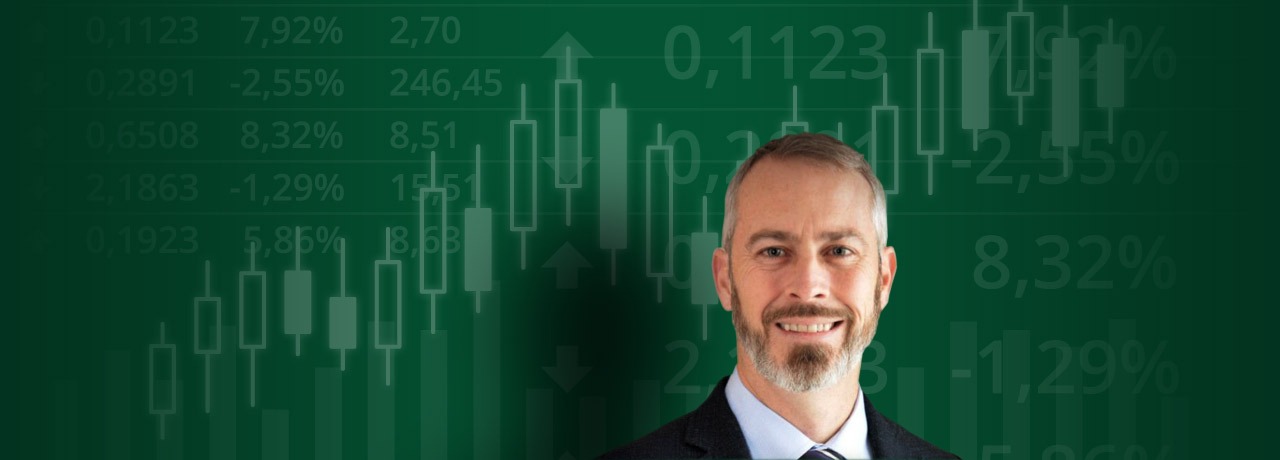It’s been a banner year for commodity markets as many of them have witnessed unparalleled growth. The one sided movement in many markets in 2010 has made commodity funds quite favorable as they are only able to invest through the purchase and ownership of their respective niche markets. However, long only commodity funds and Exchange Traded Funds miss out on one of the biggest advantages of trading commodities. That is, the ability to sell a market short and profit from an anticipated decline in prices.
Commodity contracts have set expiration dates. This makes them a very good short- term trading tool because speculators have to even up their positions prior to the contract’s expiration and we can track their actions through the commitment of traders reports. Only producers who intend to deliver their product and end line users of commodities stay in the markets until expiration. Some markets like crude oil, trade all twelve calendar months. Other markets are delivered quarterly like foreign currencies and stock indexes. The sugar market also has four delivery dates per year. However, they’re not evenly spread out with the contract for March delivery becoming the actively traded contract in October.
The combination of being able to profit in a declining market as well as the uncertainty caused by sugar’s unique expiration cycle as well its relatively recent but substantial use in ethanol has made the sugar market, yes, the sugar market the single most volatile commodity market of 2010. In the commodity markets, volatility equals opportunity. In order to make money in any market, there has to be price movement. The fact that the commodity markets can be traded from both sides provides twice the opportunity. No market has illustrated that opportunity like the sugar market in 2010.
Sugar had rallied throughout 2009 on expectations of a small Indian crop due to a late and insufficient monsoon season hampering their output while Brazil’s was constrained by just the opposite problem. They had too much rain. Brazil’s overabundance of precipitation was hindering their harvest and slashing their yields. Brazil and India are the world’s top sugar producers respectively accounting for more than half of global production. These production concerns came with the pressures of growing a Chinese demand that has nearly doubled in the last ten years and outstripped its own domestic supply in 10 of the last 12 years.
Due to these pressures, 2010 saw the sugar market begin the year at levels not seen since the 1970’s. It’s important to note that sugar is basically a weed, like wheat. Its recuperative powers are stunning, given the right conditions. Therefore, the sugar market that found itself with tight supplies and a dwindling new crop came to experience some decent weather and a stunning recovery. In fact, the Brazilian crop that makes up nearly half of the world’s market and was perceived to be in such dire straits had actually recovered most of its anticipated yield.
The rapid recovery of the crop along with added acreage planted for the coming year quickly caused prices to plunge. The long only global commodity funds were forced to liquidate their positions on the way down. Their disclosure documents require them to maintain proper portfolio allocations, which causes them to buy more on the way up and sell on the way down. Their liquidation further depressed prices and the decline became a race to the bottom. Unlike long only funds, individual commodity traders as well as commodity trading advisors had the flexibility to participate and profit from the market’s decline. The price of sugar lost more than 60% between February and April of this year. This decline was fueled further by a Brazilian report that expected production to be 10% greater than the previous year.
The month of April saw the sugar market consolidate tightly in anticipation of the World Agriculture Supply and Demand Report. These reports are published monthly but the April report is an important one for the sugar market because it is the best reference of planted sugar for the coming crop year. The surprise in this report was a global uptick in demand to the tune of 5.3%. Considering the acreage came in as expected, the uptick in demand more than offset the added acres planted due to 09’s average sugar price. This was enough to reverse the course of the market.
Following May’s World Agriculture’s Supply and Demand Report, India stated that it was going to tax sugar exports to shore up its domestic supplies. Furthermore, the U.S. Dollar’s decline led to increased sugar purchases on the open market as foreign countries could now make purchases on the open market to satisfy the demand generated by their growing middle classes at a discount.
The effect of the falling dollar, a growing overseas middle class and tight global supplies have taken the sugar market from its final low of 11 ½ cents per pound up to a current price of over 33 cents per pound. All told, the sugar market started the year at generational highs around 28 cents per pound. The market then plummeted to a low of 11 ½ and has currently rallied to prices not seen in 30 years. As a comparison, gold would have to trade to $3,300 per ounce to match sugar’s high or the Dow Jones Industrial Average would have had to fall to 4172 to match the sugar market’s February to April decline. Trading of any type requires price fluctuation to make or, lose money. The ability to trade both sides of the market increases the number of opportunities. Volatility is the measure of price fluctuation and the sugar market is its poster child.





